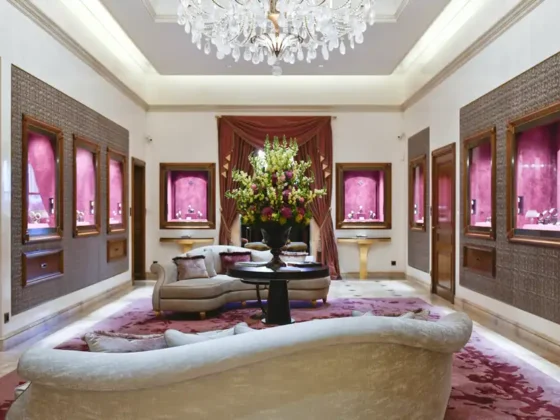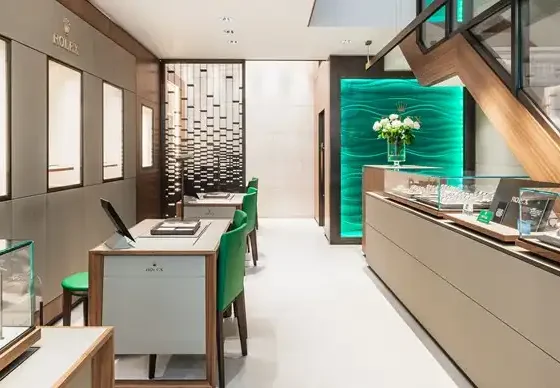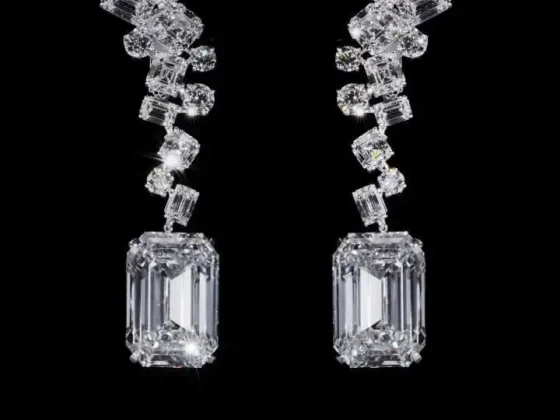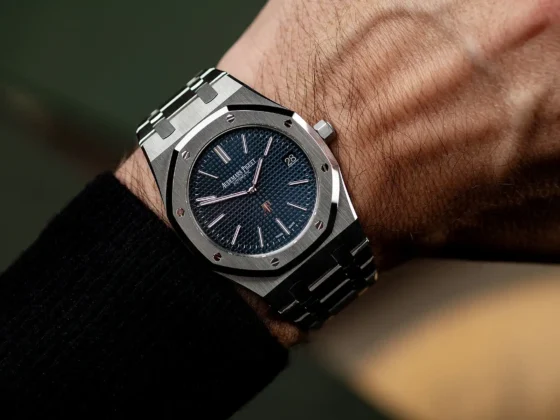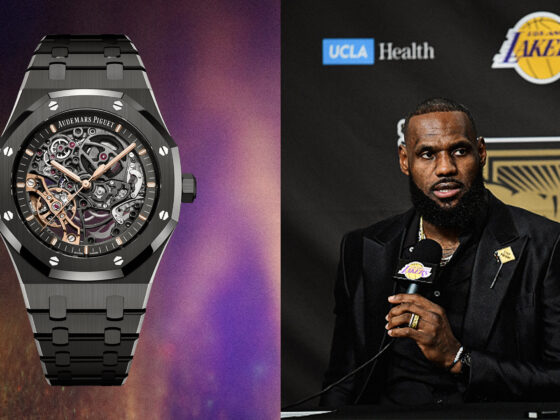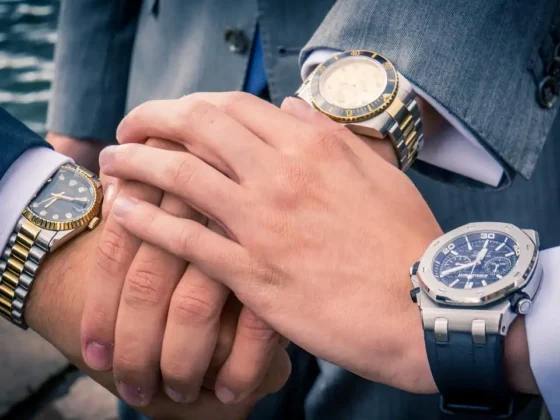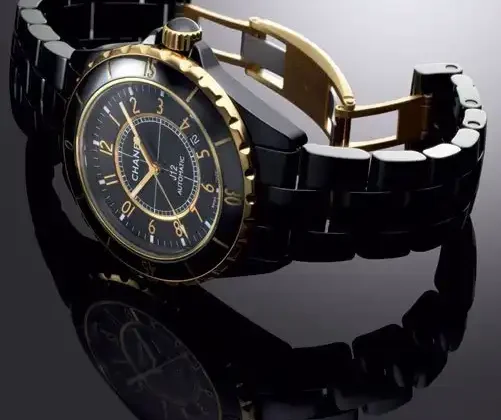Luxury watches are more than timekeeping devices—they are cultural symbols and fashion staples. Over the decades, iconic timepieces have not only graced the wrists of the world’s elite but also shaped global fashion trends. In this article, we will explore the evolution of luxury watches and their profound impact on fashion history.
The Early 20th Century: The Birth of Wristwatches
At the start of the 20th century, the wristwatch was a relatively new concept. Cartier’s creation of the Santos in 1904 is often credited as the first wristwatch designed for men, blending functionality with elegant design. Before this, men primarily used pocket watches, while wristwatches were considered feminine. The Cartier Santos not only revolutionized how men viewed wristwatches but also set the tone for watches as luxury items that blend craftsmanship with style.
Mid-Century Modern: The Rise of the Dress Watch
By the 1950s and 60s, luxury watches became fashion symbols of status and sophistication. Rolex, Omega, and Patek Philippe dominated the watchmaking scene, and the rise of the dress watch was a defining trend. Sleek, minimalist designs were favored, with Patek Philippe’s Calatrava epitomizing elegance. Its thin profile and understated dial made it an icon, and it became a must-have accessory for men attending formal events.
In parallel, Omega’s Seamaster and Rolex’s Submariner emerged as symbols of adventure and masculinity. While initially designed as functional tool watches, their rugged designs found a place in fashion, influencing the bold, adventurous spirit of men’s style in the mid-20th century.
The 1970s: The Era of Quartz and Bold Designs
The 1970s witnessed the Quartz Revolution, which disrupted traditional Swiss watchmaking. With quartz movements offering unprecedented accuracy and affordability, mechanical watches faced an existential challenge. However, instead of fading, luxury brands leaned into bold, avant-garde designs that defined the era.
Audemars Piguet’s Royal Oak, designed by Gerald Genta, launched in 1972, became an instant icon. Its integrated bracelet, octagonal bezel, and sporty-yet-luxurious design broke all the rules of traditional watch design. This fusion of sportiness and luxury influenced fashion trends, as high-end watches became statement pieces for affluent individuals who embraced casual elegance. The Royal Oak ushered in the age of the luxury sports watch, blending high fashion with durability.
The 1980s: Status Symbols in a Decade of Excess
The 1980s were defined by extravagance, and luxury watches were integral status symbols. The Rolex Day-Date, famously worn by heads of state and celebrities, epitomized power and success. Often referred to as the “President’s Watch,” its bold design and gold case became synonymous with wealth, reflecting the materialism of the decade.
Cartier’s Tank watch also saw a resurgence during this era, favored by celebrities and fashion icons like Andy Warhol. With its Art Deco-inspired design, the Cartier Tank became a unisex style staple, highlighting how watches transcended gender in the world of fashion.
The 2000s: Collaborations and Haute Horology
The turn of the millennium brought a renewed appreciation for haute horology, with luxury brands pushing the boundaries of craftsmanship and design. Limited-edition releases and high-profile collaborations became major fashion statements. Richard Mille, known for its futuristic designs and innovative materials, became a favorite among celebrities and athletes, blending high performance with high fashion.
Simultaneously, collaborations between fashion houses and watchmakers emerged. The partnership between Louis Vuitton and Tambour or Chanel’s J12 highlighted the blending of horology with high fashion. These collaborations reflected a new age where luxury watches were not just about function but also about making a bold, fashion-forward statement.
Today’s Fashion Landscape: Watches as Personal Style Statements
In today’s fashion landscape, luxury watches are highly individualized expressions of personal style. Collectors and fashion enthusiasts alike value timepieces for their heritage, craftsmanship, and unique designs. Modern icons like the Rolex Daytona, the Patek Philippe Nautilus, and the Audemars Piguet Royal Oak remain timeless in their appeal, but today’s watch lovers seek pieces that reflect both their fashion sensibility and individuality.
Luxury brands now incorporate sustainability and innovation into their designs, as seen with Chopard’s ethical gold watches or Tag Heuer’s connected watches. Fashion and technology blend seamlessly as luxury timepieces continue to evolve, reinforcing their enduring influence on global fashion trends.
Conclusion: Timeless Pieces That Transcend Generations
From Art Deco elegance to modern-day collaborations, luxury watches have been at the heart of fashion history for over a century. Iconic timepieces not only reflect personal style but also shape broader fashion trends. As we look to the future, the role of luxury watches in fashion will undoubtedly continue to evolve, but their status as timeless style symbols remains unchanged.


